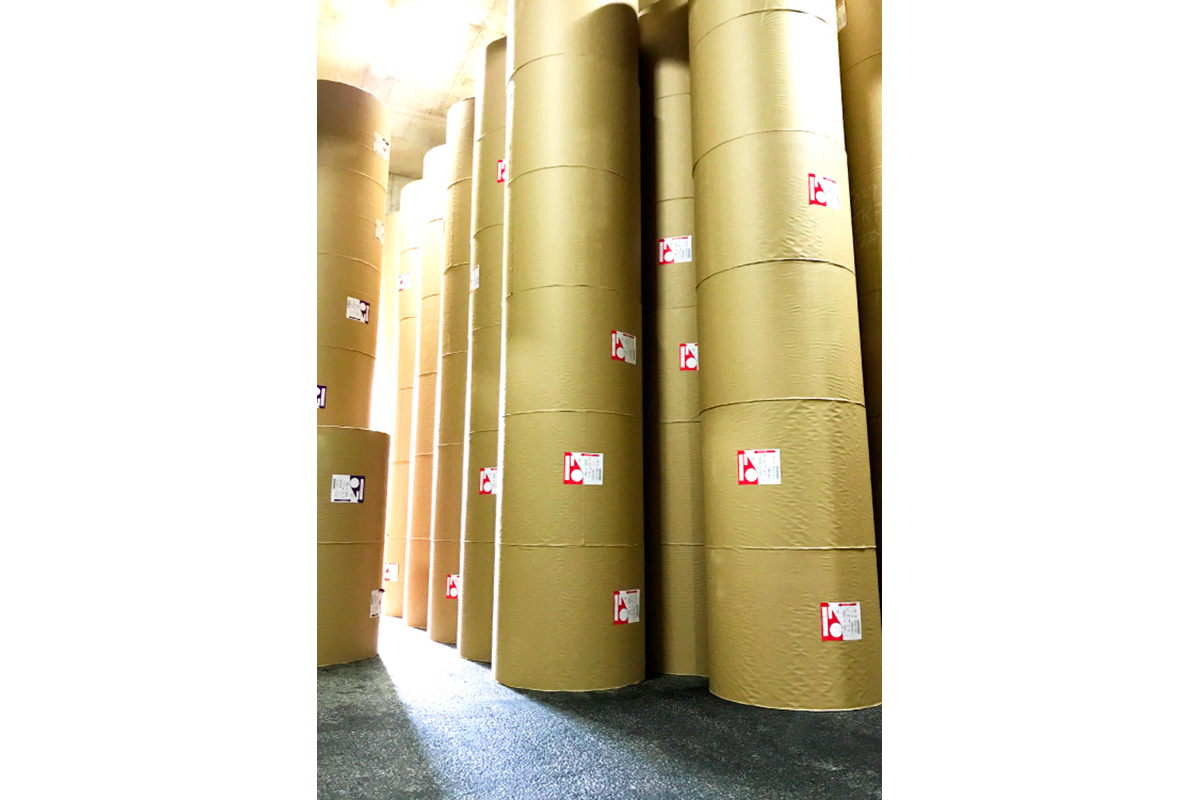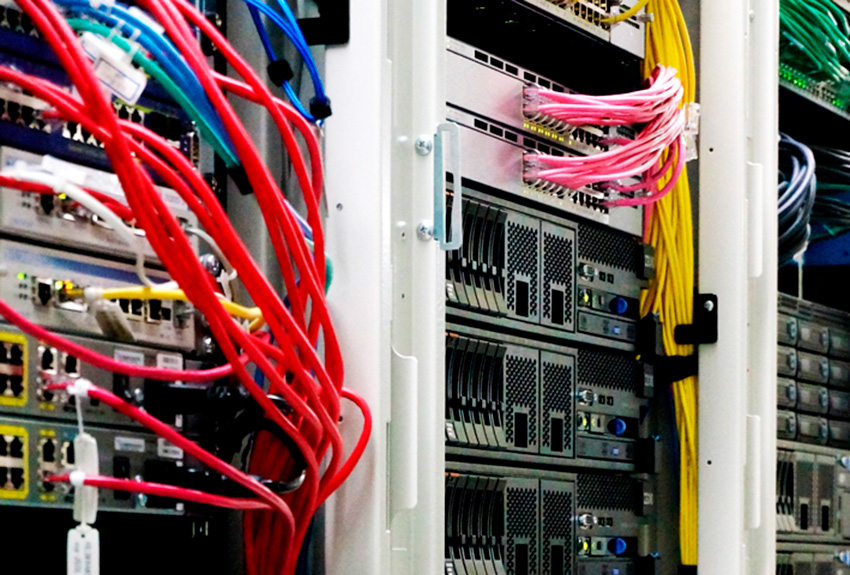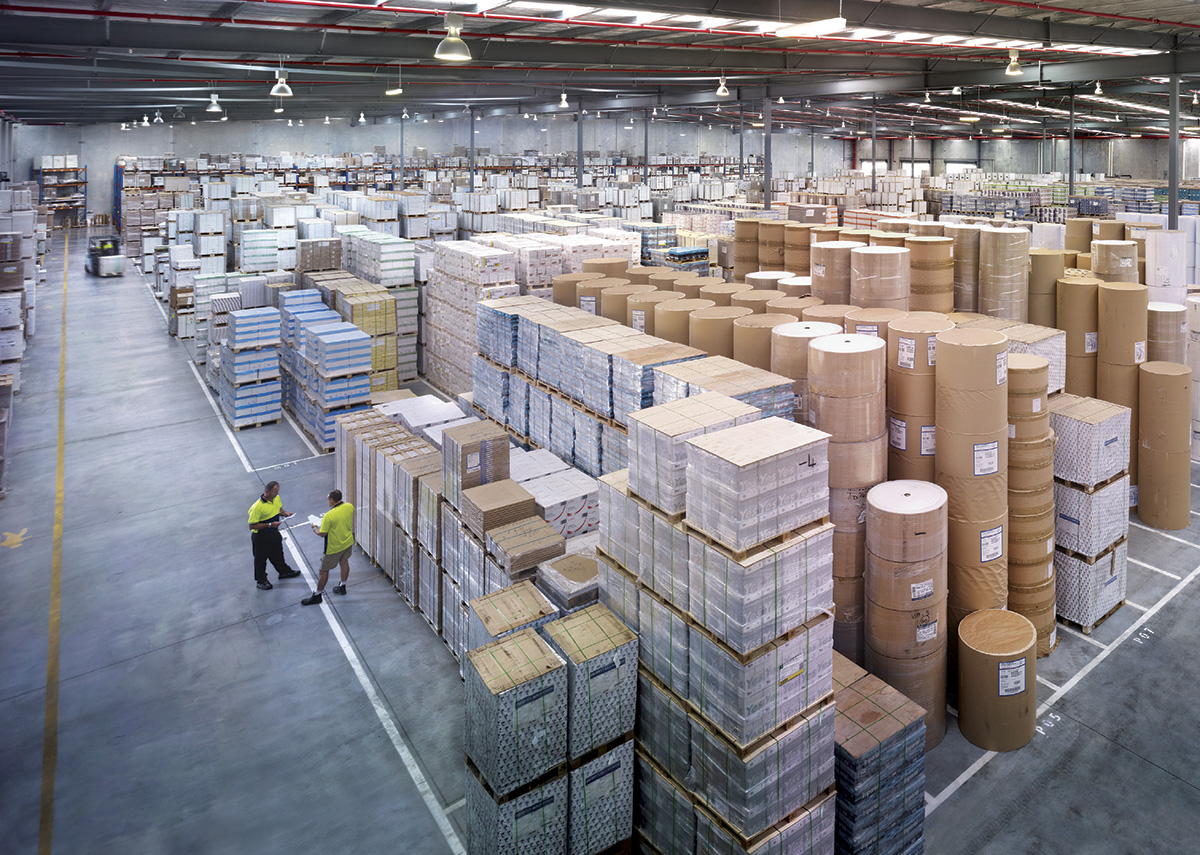The company has coupled innovative and sustainable solutions, engaging themselves into a circular economy in order to provide high quality products.

Japanese manufacturing is entering an exciting phase. Over the past three years, COVID-19 and the decoupling of US-China relations have significantly disrupted supply chains, and as a result, business groups are turning their attention to diversifying their suppliers to ensure procurement. Japanese companies are known for their reliability and advanced technology, putting them in a position to attract interest. With the weak yen, industry observers also see this as a unique opportunity.
- Do you agree with this view?
I concur with your viewpoint, and think numerous industries are strategically positioned to capitalize on the current macroeconomic environment. A prominent example of this trend is also evident in the initiatives of international corporations such as TSMC, establishing expansive production facilities in Japan. While Japanese enterprises historically outsourced manufacturing abroad, production can now be seen to be returning to Japan. Regrettably, there is little rationale for the paper industry to follow such an advantageous trajectory. The underlying reason for this is because any added value is limited and hard to differentiate making the incorporation of significant transportation costs into the products unjustifiable.
Further compounding the situation is the domestic market's dual challenge of diminishing economic vigor and a declining population. As demographic projections anticipate a drop below 100 million in the foreseeable future, Japan's domestic market is poised to contract. On a global scale, the demand for printing and communication paper has reached its zenith, and is trending downwards, especially in developed countries. These adverse factors have made it difficult for the Japanese paper industry to reap the benefits or exploit the potential of supply chain realignments, as has been the case in other industries.
Our business endeavors can be distilled into two principal areas. Firstly, the domestic sphere, where we acknowledge the shrinking market dynamics, but where we will strive to survive. Secondly, our endeavors extend beyond Japan's borders, as we diligently seek to apprehend the burgeoning requirements of international clientele, thereby facilitating the expansion of our market presence.
If we look at the last two years, there have been some very big threats to the paper industry. We have rising costs, including energy, transportation, and raw materials. Nowadays, we are in a global economic environment where interest rates are going up and people are spending less money on daily necessities. Nevertheless, your company was able to achieve record profits last year despite big disruptions. How were you able to have such a solid financial performance and what is your outlook for the next 12 months?
In the financial year 2022, paper manufacturers faced challenges, whereas entities like ours, functioning as paper distributors, generally performed well.
We have two aspects to our company: we are either a paper manufacturer or a paper distributor. When looking at our performance, the situation will change depending upon in which role we are being considered.
Our company comprises five distinct business segments, with overseas sales emerging as the dominant contributor in the past year. We adopt distinct strategies for domestic and overseas sales. We represent Japanese paper manufacturers, entailing stable margins. Conversely, beyond Japan, our operations function as a local paper merchant. In most international markets, the structure involves a single layer of paper distributors. Consequently, when market prices increase, we can sell paper at JPY 120, even if our purchase cost is JPY 100. The preceding year, spanning January to December 2022, witnessed a continuous rise in paper prices. This circumstance bolstered our margins, resulting in a substantial increase in profits. Naturally, any shift in the market landscape could also potentially jeopardize our position.


The market for traditional paper may have reached its peak, and this is mainly due to the appearance of digital media which is causing the consumption of analog and printing-related media such as books and magazines to see a sharp decline. How is your company mitigating these threats?
Frankly, resisting the tide of digitalization is a futile endeavor. We recognize the efficacy of digital tools for information dissemination, and the societal drive toward digitalization is undeniable. Among the younger generation, the pervasive use of smartphones, computers, and tablets has acquired a trendiness that sometimes overshadows the more suitable application of paper-based materials.
As a key player in the paper industry, our mission entails promoting the advantages of paper materials. From my perspective, there are instances where using paper not only benefits one's well-being but also serves practical purposes. Offering paper as a viable choice constitutes a pivotal objective, and our company takes pride in fostering this awareness. Upon achieving a comprehensive awareness of our strengths, we anticipate a resurgence in demand for traditional paper. Nonetheless, given the diminishing domestic population, we anticipate a decline in household and graphic paper demand. Nevertheless, our endeavors aim to rekindle Japanese society's support for paper.
Up until around 2008, the domestic demand for graphic paper exhibited growth. Consequently, prior to 2008, our approach included sporadic reductions in unit prices to secure a higher market share. However, given the prevailing contracting market landscape, this strategy has lost its viability. Persevering with the same approach would inevitably lead to dwindling profitability. Our current approach focuses on enhanced profitability instead of chasing market share. Escalating labor and energy costs, coupled with Japan's declining population, have even transformed seemingly minor tasks like workforce acquisition into challenges. This context underscores the rationale for prioritizing profitability over market share.
Paper is responsible for deforestation as well as large amounts of energy, water, and paper material waste. In fact, it is estimated that paper accounts for around 26% of total waste in landfills across the globe. Your firm offers recycled paper products that use recovered wastepaper. Can you go into more detail about the recycling technologies you have, and how are you able to create products using recycled paper?
Foremost, our paper manufacturing segment is relatively modest in scale, and incomparable to major industry players. Our production primarily revolves around two key products. First, we manufacture containerboard used for cardboard boxes, and second, we produce household toilet paper. When considering our recycled household paper production, it is crucial to note that toilet rolls represent the final stage of the paper usage cycle. Given this, our group uses 100% recycled paper in the production of toilet paper instead of virgin pulp, which could be used and recycled several times.
The Corelex Group companies lead the recycling efforts within our group. We offer an online factory tour on our website to showcase their operations. A distinctive aspect of Corelex Group is its capability to disintegrate paper coated with aluminum or even paper with magnetic coatings, as is often used for train tickets. Additionally, Corelex Group possesses a unique technology focused on the recycling of confidential documents. These documents are received sealed within boxes, and as expected, they cannot be opened. These documents might include clips, staples, or plastic folders. Corelex Group employs a pulper to dissolve the paper, while ingeniously extracting foreign materials from the recovered paper.

Corelex toilet rolls made from recycled paper
We know that in addition to paper, your company also develops software packages, utilizing AI geared towards the paper industry. What was the reason to diversify your business into ICT and how do you believe innovative technologies like AI will transform the paper industry?
We possess a group company specializing in ICT, and this venture predates the onset of the digitalization trend. This company's inception was not rooted in digitalization; rather, it emerged from the development of a highly specialized system tailored to the intricacies of the paper industry. The paper industry in Japan, in particular, is so complex that even tasking recent graduates with requisite calculations for paper distribution would be impractical.
Given the absence of competing enterprises in the software domain, we have emerged as pioneers, securing a dominant position in the market. Our software solutions have been universally embraced across all tiers of the Japanese paper industry, establishing themselves as the de facto standards for paper distribution. We ensure the maintenance and continual refinement of this software based on user feedback.
However, within the context of digitalizing paper logistics, the paper industry lags behind other sectors. Notably, fax-based ordering still persists in some cases. On a related note, on October 27, 2023, we orchestrated a forum for paper merchants, with an attendance of approximately 500 participants across three sessions. The inaugural session delved into the challenges confronting paper merchants; the subsequent session addressed the functional advantages of paper over digital and plastic, and the third session focused on future strategies and action plans.

We saw that recently you have made investments into renewable energy and since 2016 your company has been running a biomass plant in Iwate in addition to a number of solar projects. Why did you decide to expand into the renewable energy field? In the future are you interested in making more investments into energy?
In alignment with industry trends, we observed a concerted movement across diverse sectors towards investing in renewables. Given our company's commitment to fostering a circular economy through paper, renewable energy naturally becomes an extension of our circular approach.
Historically, biomass energy generation and the paper industry have harmoniously coexisted. The pulp production process inherently generates residue that serves as a viable resource for biomass-generated energy. Notably, this form of energy plays a pivotal role in powering our containerboard production sites. The Iwate power generation facility, which you referenced, commenced its operations from the ground up.


Noda Bio Power JP, Iwate Prefecture
2023 marks the last year of your current medium-term business plan, and you outlined such targets as Creating Added Value in the New Normal and Evolving into a Group That Pursues Excellence Even Beyond the Paper Industry. How would you reflect on your medium-term business plan as we reach its late stages?
We perceive achieving our medium-term business plan as a significant accomplishment. In the inaugural year, we not only achieved but exceeded our medium-term business plan's target of JPY 15 billion in ordinary profit. The subsequent year witnessed an exceptional scenario overseas, propelling our ordinary profits to JPY 21.2 billion. For this year, our projection is approximately JPY 17 billion in ordinary profit. While this might represent a decrease compared to last year, it is noteworthy that our company has consistently surpassed the JPY 15 billion ordinary profit target over the past three years. This consistent success underscores our sustained growth trajectory, a momentum we aim to perpetuate in our 2026 medium-term business plan.
Looking ahead, our OVOL Vision 2030 long-term plan targets JPY 25 billion in ordinary profit, a goal that we are substantially progressing toward. However, the company recognizes that reaching this ambitious milestone demands substantial effort. In this context, the establishment of new revenue streams assumes paramount importance.
Your firm is present in many parts of the world, so moving forward, what countries or regions have you identified as key for the growth of your firm and what strategies will you employ to achieve that growth?
Extending back to our entry into China (Shanghai) in 1899 and Hong Kong in 1955, we possess substantial experience in international operations. Hong Kong served as a foothold for our modern international expansion, functioning primarily on an export-oriented basis of product from Japan. As a region amasses a significant customer base, we transition it into a representative office, subsequently nurturing its evolution into an independent entity. Our general approach often entailed dispatching personnel from Japan to uphold a Japanese corporate structure and culture for each of these entities.
In 2010, our strategy underwent a transformation, shifting from exporting goods from Japan to actively acquiring local paper merchants abroad. This strategic shift resonates globally, exemplified by our acquisition of Gould Paper in the US. Our acquisition criteria encompass three key aspects. First and foremost, the target market should exhibit geographical isolation. Additionally, it should demonstrate substantial scale. Lastly, the absence of significant paper manufacturers in the region should coexist with a well-established distribution network. If a site meets these criteria, it can fully function as a merchant and be successful. Incidentally, at first glance, one might think that Gould Paper does not meet these three criteria, but the company's North American operations are centered in Texas, and since the USA is a very large country, we made our decision based on the region, not the country.

Warehouse in Australia
Imagine that we come back to interview you again on the last day of your presidency: Do you have a personal goal that you would like to have accomplished by then?
Within our long-term vision, we have outlined three primary objectives. Among these is the aspiration to evolve into a corporate group that strives to be considered a trustworthy and engaging partner within and beyond the paper industry. This signifies our desire to establish recognition and appreciation beyond the realms of paper-related activities, extending our impact to broader horizons. Ultimately, we aim to be a company that our executives and employees can be proud to tell their families that they work for the OVOL Japan Pulp & Paper Group.
 |
Interview conducted by Karune Walker & Antoine Azoulay
0 COMMENTS